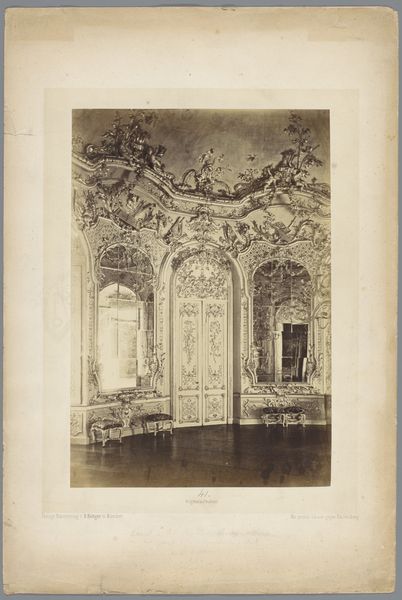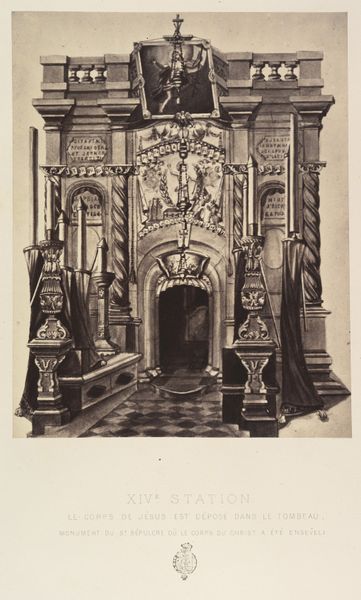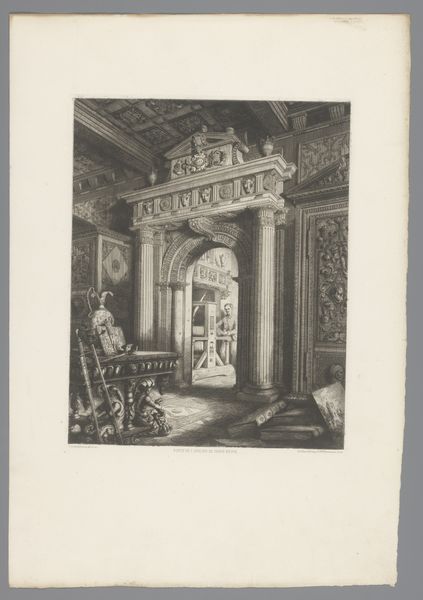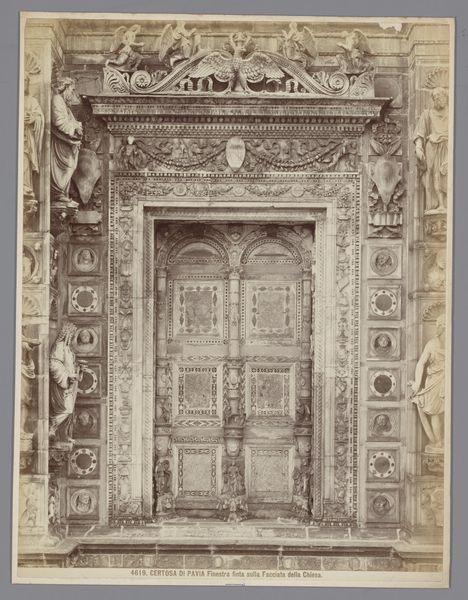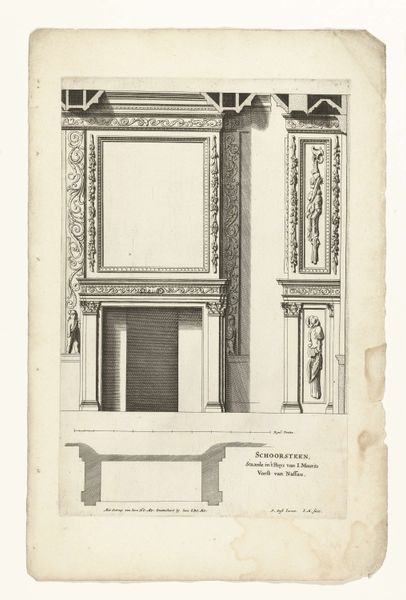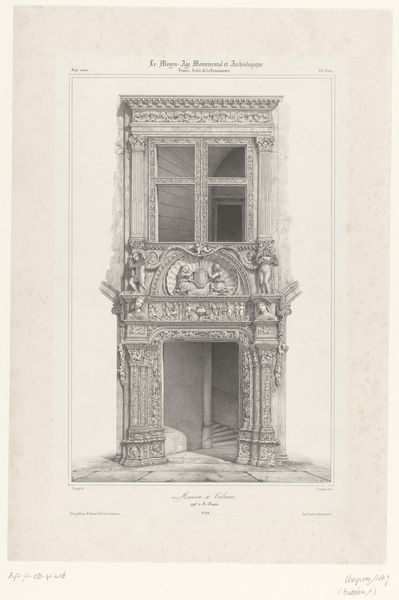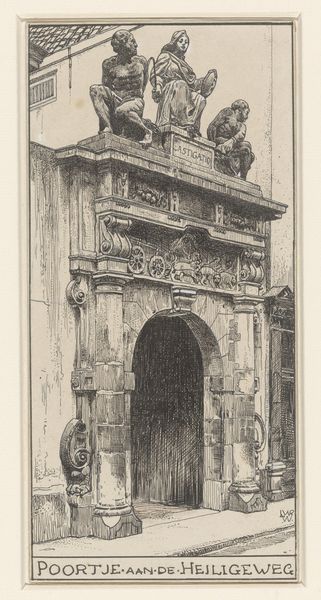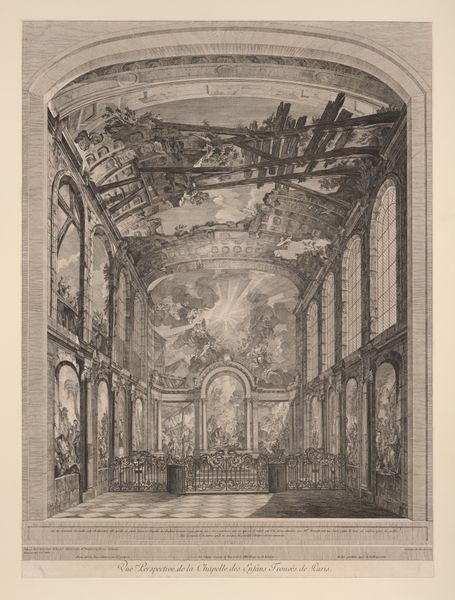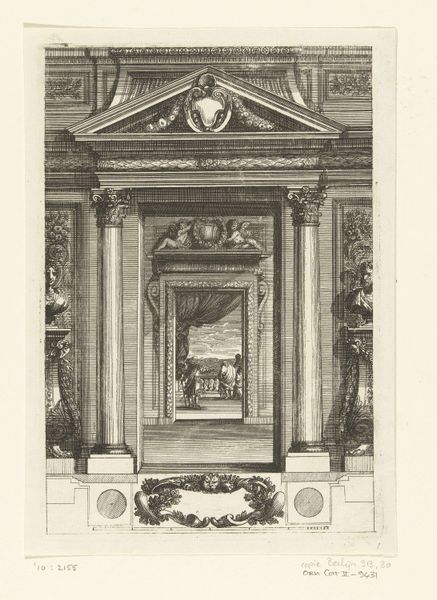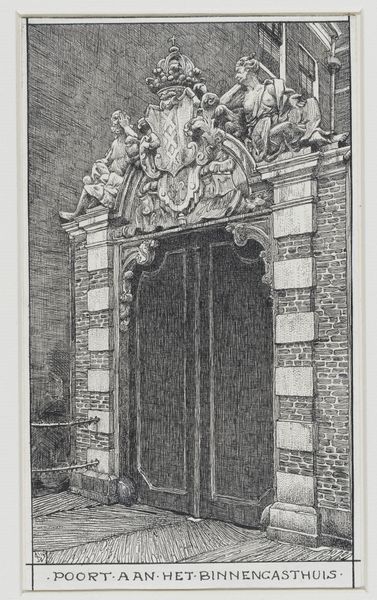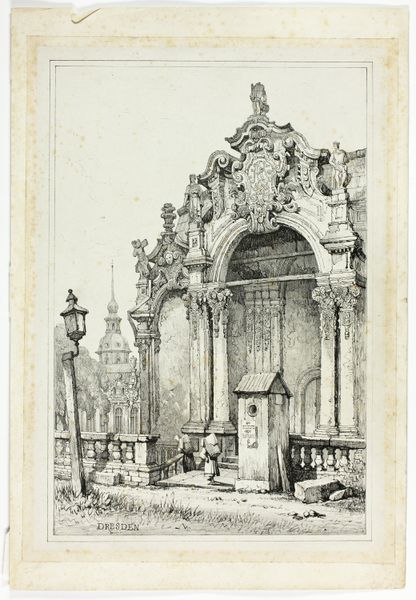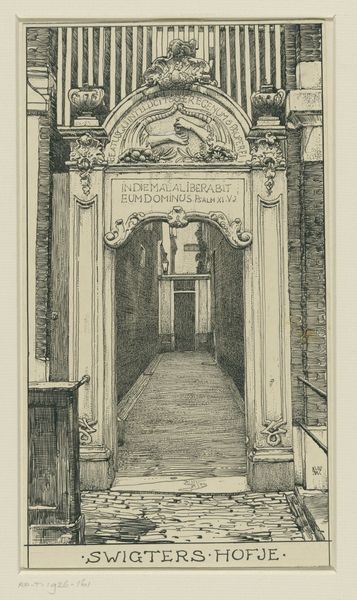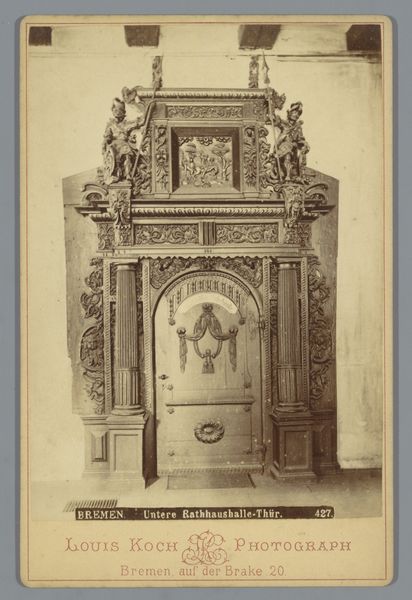
drawing, lithograph, print, etching, paper, ink
#
drawing
#
pen drawing
#
neoclassicism
#
lithograph
# print
#
etching
#
paper
#
ink
#
cityscape
Dimensions: 290 × 425 mm (image); 310 × 445 mm (primary support); 345 × 500 mm (secondary support)
Copyright: Public Domain
Samuel Prout made this drawing of the Zwinger Palace in Dresden using pen and brown ink, probably in the first half of the 19th century. It shows a portion of the interior courtyard of this baroque palace. Built in the early 18th century, the Zwinger Palace was initially conceived as an orangery and festival ground. Looking at Prout's image, we can observe the visual codes of power. The monumental architecture with its classical columns and sculptural decorations speaks to the ambitions of the Saxon monarchs who commissioned it. Dresden, as a cultural center, played a crucial role in the development of European art and architecture. The palace was not just a building but an institution, shaping artistic taste and production. As historians, we examine architectural plans, period documents, and the social history of Dresden to understand better the meanings that a place like the Zwinger Palace may hold.
Comments
No comments
Be the first to comment and join the conversation on the ultimate creative platform.
